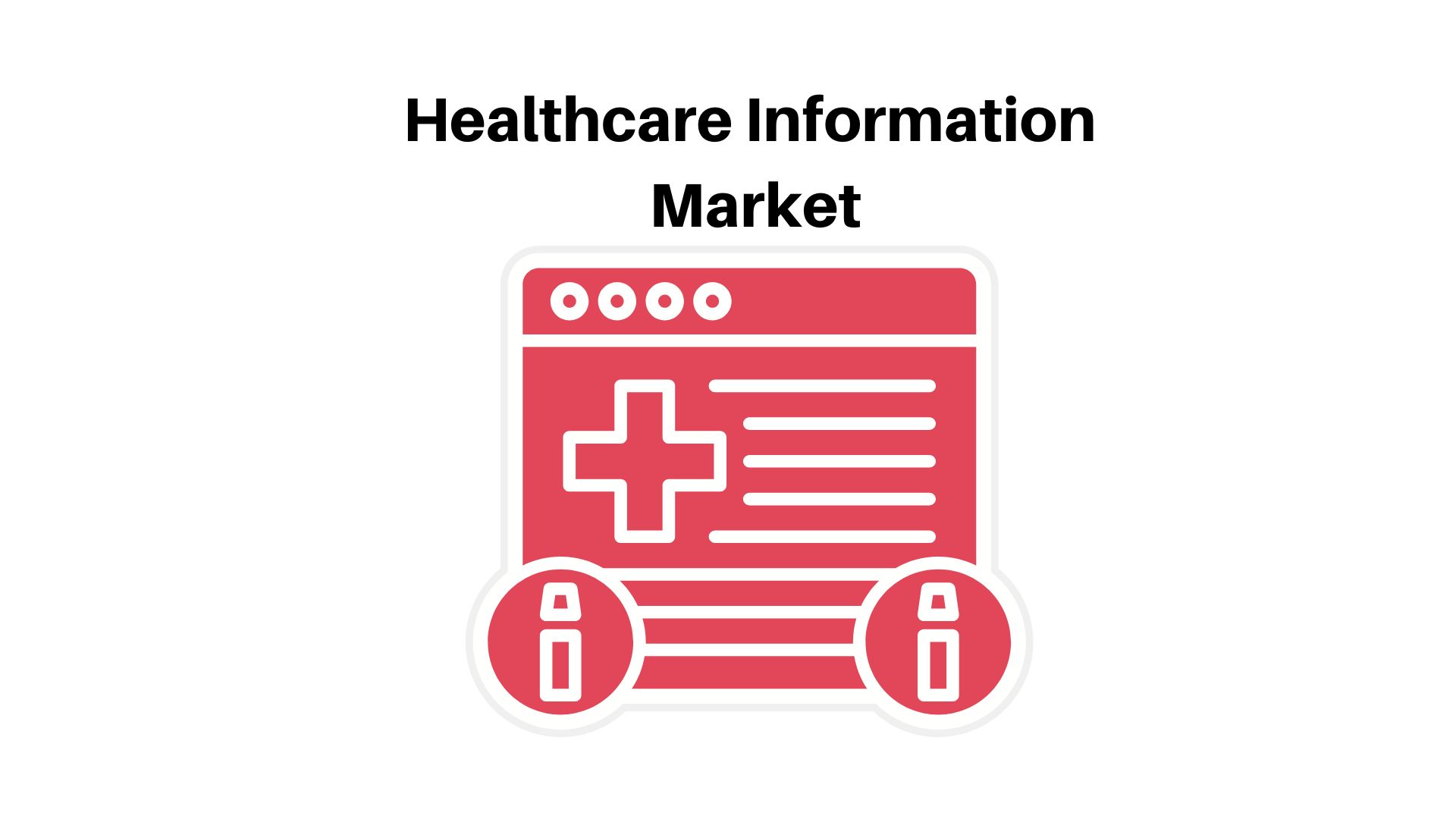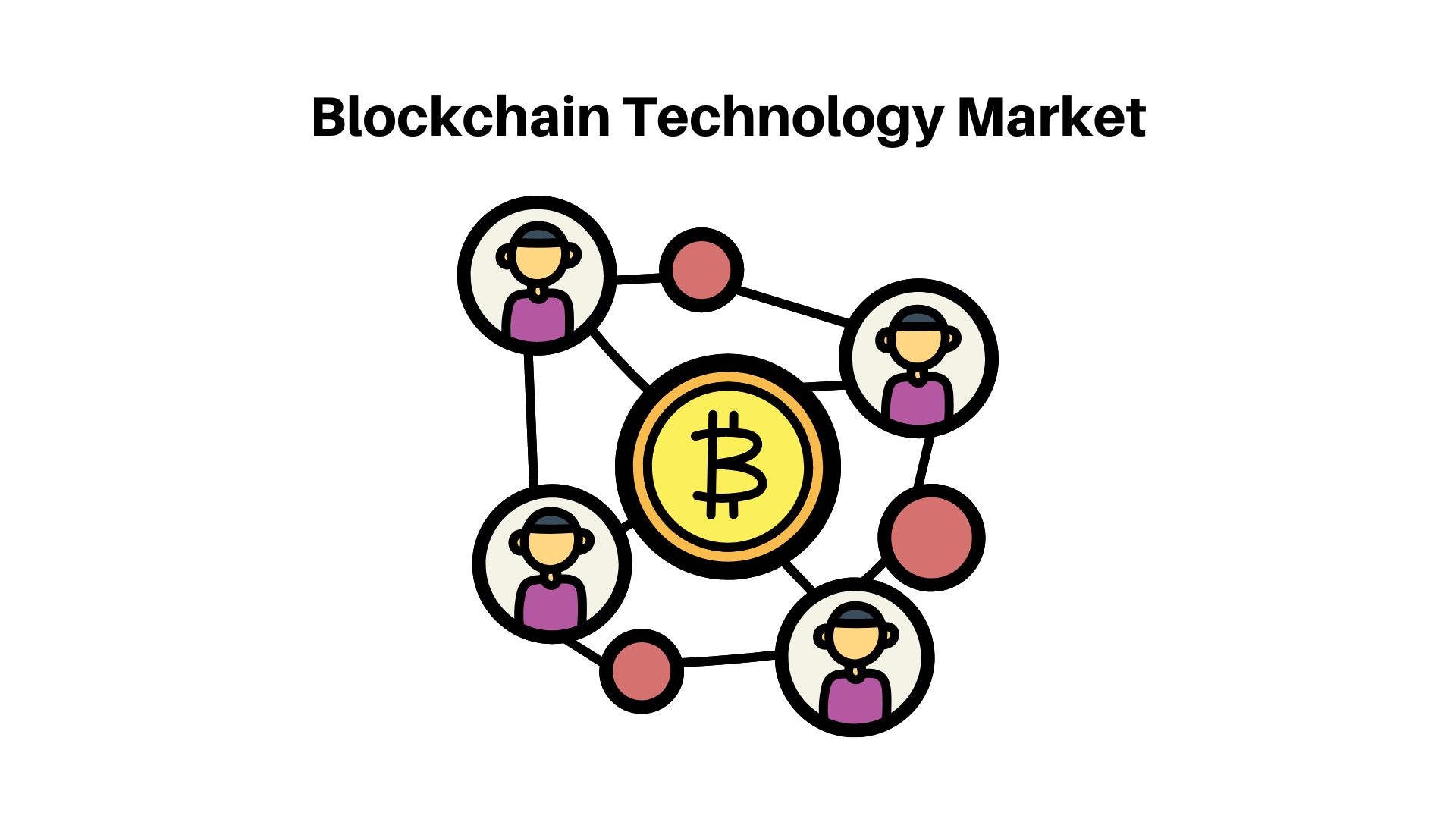Healthcare Information Systems Market To Develop Strongly And Cross USD 1,161.5 Billion By 2032

Page Contents
Market Overview
Published Via 11Press: The global healthcare information systems market is expected to reach a value of USD 1,161.5 billion by 2032, with an annual compound growth rate (CAGR) of 12.80% from 2022-2032. Healthcare IT refers to computer-based systems that manage medical and healthcare-related data such as electronic health records (EHRs), clinical decision support systems, telemedicine applications, and others. The increasing adoption of EHRs and increasing demand for quality healthcare services are some major factors driving this market's expansion.
The healthcare information systems market is experiencing rapid growth due to the growing need for digitization and automation in this sector. Healthcare information systems are computer-based platforms that manage patient data and other healthcare-related information, such as electronic medical records (EMRs), electronic health records (EHRs), and clinical and administrative records. The market outlook anticipates factors such as the rising adoption of healthcare IT solutions, improved patient outcomes, and rising demands for cost-effective healthcare services that will continue to fuel its expansion.
The market is segmented based on system type, deployment model, component, and end-user. Major types of systems include hospital information systems (HIS), laboratory information systems (LIS), pharmacy information systems (PIS), and radiology information systems (RIS). Deployment models range from cloud-based to on-premise and web-based.
Healthcare information systems consist of hardware, software, and services. The services segment is expected to experience the highest compound annual growth rate during this forecast period as more healthcare organizations outsource their IT requirements to third-party service providers.
Hospitals, ambulatory care centers, diagnostic and imaging centers, and other healthcare providers are the primary end-users of healthcare information systems. Based on historical trends, hospitals are expected to hold the majority share in this market since they are the primary users of IT solutions for healthcare operations.
Geographically, North America is expected to hold the largest share of the healthcare information systems market, followed by Europe and Asia-Pacific. The market in Asia-Pacific is forecasted to experience the highest compound annual growth rate during this forecast period due to factors such as the increasing adoption of healthcare IT solutions and an increasing need for improved healthcare services within the region.
Overall, the healthcare information systems market is projected to expand at an impressive clip over the coming years due to factors such as increasing adoption of IT solutions for healthcare, the need for improved patient outcomes and rising demands for cost-effective healthcare services.

Request For Sample Report Here: https://market.us/report/healthcare-information-systems-market/#requestSample
Key Takeaways
- The global healthcare information systems market is forecast to reach USD 1,161.5 billion by 2032, growing at a compound annual growth rate (CAGR) of 12.80% from 2022-2032.
- Electronic health records (EHRs) comprise the largest segment of this market and are expected to remain dominant throughout the forecast period.
- North America is the leading regional market for healthcare information systems, followed by Europe and the Asia-Pacific region.
- The adoption of EHRs and other healthcare information systems has been spurred on by an increasing need for quality healthcare services and the desire to streamline operations within the industry.
- The high cost of implementation and upkeep, security concerns about data privacy and security, as well as a shortage of experienced personnel are some of the major obstacles facing this market.
Regional Snapshot
- North America is the leading regional market for healthcare information systems, accounting for most of the market share. This region's growth can be attributed to factors such as the increasing adoption of EHRs, an increasing need for quality healthcare services, and the presence of major market players within its borders.
- Europe is the second-largest regional market for healthcare information systems, with countries such as Germany and the UK dominating this space.
- The Asia-Pacific region is expected to experience significant growth over the forecast period, driven by factors such as the increasing demand for healthcare IT solutions, rising healthcare expenditure, and government initiatives that encourage the use of health information systems.
Drivers
The healthcare information systems market is being driven by several factors, including:
- Adoption of Electronic Health Records: Electronic health records have seen a meteoric rise in use worldwide due to their benefits, such as enhanced patient care, decreased medical errors, and simplified operations within healthcare.
- Growing Demand for Quality Healthcare Services: The growing need for high-quality healthcare services has driven the adoption of healthcare information systems, which help improve patient outcomes and cut healthcare costs.
- Optimizing Healthcare Operations: Healthcare information systems help in streamlining healthcare operations by giving access to real-time patient data, promoting efficient clinical decision-making, and increasing communication between healthcare providers.
Restraints
Despite its growth potential, the healthcare information systems market faces several obstacles such as:
- High Cost of Implementation and Upkeep: The high cost of setting up and maintaining healthcare information systems is a major deterrent to their adoption, particularly in developing countries.
- Data Privacy and Security Concerns: As healthcare information systems become increasingly commonplace, concerns have been raised regarding data privacy and security as they involve the storage and transfer of sensitive patient data.
- Lack of Skilled Professionals: The lack of qualified personnel with expertise in healthcare information systems is another major obstacle facing the market, preventing its widespread adoption and efficient utilization.
Opportunities
- Healthcare organizations are facing an ever-increasing need for electronic health records (EHRs) and clinical information systems in order to enhance patient care and efficiency.
- Furthermore, organizations must adhere to regulatory requirements as well as patient data security standards in order to remain compliant.
- Modern technologies such as artificial intelligence, machine learning, and the Internet of Things (IoT) present unique opportunities for healthcare information systems solutions.
- With the COVID-19 pandemic increasing demand for telemedicine and remote patient monitoring systems, these innovative healthcare information systems solutions may become even more necessary.
- The growing use of mobile health (mHealth) technologies for improved patient engagement and management.
Challenges
- Implementing healthcare information systems with high initial costs can be a deterrent for some healthcare organizations, particularly smaller ones.
- Ensuring data security and privacy for patient information is another major obstacle facing healthcare organizations today.
- Interoperability issues between different healthcare information systems can obstruct patient data sharing across organizations.
- Integrating new healthcare IT systems with existing legacy ones is often a complex undertaking.
- Due to a shortage of skilled personnel who can manage and maintain healthcare information systems, there is currently an inclination toward outsourcing these tasks.
Recent Developments
- Cloud-based healthcare information systems have seen an uptick in adoption, offering greater scalability, flexibility, and accessibility.
- Blockchain technology may soon provide a secure decentralized solution for healthcare data sharing.
- Due to the COVID-19 pandemic, advancements in telehealth technologies like remote monitoring and virtual consultations have been significantly accelerated.
- Integrating artificial intelligence and machine learning into healthcare information systems to boost accuracy and efficiency.
Key Market Segments
Application
Hospital Information Systems
- Electronic Medical Records
- Electronic Health Record Systems
- Personal Health Records
- Patient Engagement Solutions
- Real-time Healthcare
- Population Health Management
Pharmacy Information Systems
- Packaging & Labeling Systems
- Medication Dispensing Systems
- Automated Medication Compounding Systems
- Storage & Retrieval Systems
- Tabletop Tablet Counters
Laboratory Information Systems
Revenue Cycle Management
Medical Imaging Information Systems
- Radiology Information Systems
- Picture Archiving and Communication Systems
- Monitoring Analysis Software
Deployment
- Web-Based
- Cloud-based Systems
- On-Premise
Component
- Hardware
- Services
- Software & Systems
End-use
- Hospitals
- Academic & Research Institutes
- Diagnostic Centers
Key Market Major Players
- Agfa-Gevaert N.V.
- Hewlett Packard
- Philips Healthcare
- Allscripts Healthcare LLC
- McKesson Corporation
- Medidata Solutions Inc.
- GE Healthcare
- Orion Health
- NextGen Healthcare
- Siemens Healthineers
- Cerner Corporation
- Carestream Health
- Epic Systems Corporation
- RailTel Corporation Limited
- Capsule Technologies Inc.
- Wipro Limited
- Ada Health GmbH
- DXC Technology
- Athenahealth Inc.
- Other Key Players
Report Scope
| Report Attribute | Details |
| The market size value in 2022 | USD 358.94 Bn |
| Revenue forecast by 2032 | USD 1,161.5 Bn |
| Growth Rate | CAGR Of 12.80% |
| Regions Covered | North America, Europe, Asia Pacific, Latin America, and Middle East & Africa, and Rest of the World |
| Historical Years | 2017-2022 |
| Base Year | 2022 |
| Estimated Year | 2023 |
| Short-Term Projection Year | 2028 |
| Long-Term Projected Year | 2032 |
Frequently Asked Questions
Q: What are the advantages of healthcare information systems?
A: Healthcare IT systems can improve patient care quality, efficiency, and safety; facilitate more precise clinical decision-making; and foster communication and collaboration among healthcare providers.
Q: What types of healthcare information systems exist?
A: There are various healthcare IT systems, such as electronic health records (EHRs), clinical decision support systems (CDSSs), computerized physician order entry (CPOEs) systems, and radiology information systems (RISs).
Q: How do healthcare information systems improve patient care?
A: Healthcare information systems can enhance patient care by giving healthcare providers timely and accurate patient data, supporting clinical decision-making, reducing medical errors, and facilitating better communication and coordination between healthcare providers.
Q: How can healthcare organizations ensure the security and privacy of patient data in healthcare information systems?
A: Healthcare organizations can guarantee the security and privacy of patient data by implementing robust security measures like encryption, access controls, regular audits, and risk assessments. Furthermore, organizations must abide by regulatory requirements such as HIPAA and GDPR.
The team behind market.us, marketresearch.biz, market.biz and more. Our purpose is to keep our customers ahead of the game with regard to the markets. They may fluctuate up or down, but we will help you to stay ahead of the curve in these market fluctuations. Our consistent growth and ability to deliver in-depth analyses and market insight has engaged genuine market players. They have faith in us to offer the data and information they require to make balanced and decisive marketing decisions.



